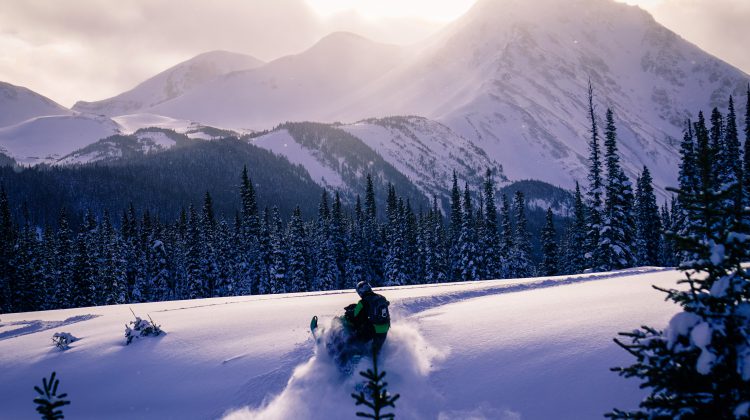The death toll related to BC avalanches has reached nine.
According to Avalanche Canada, two people passed away following an incident in Golden yesterday (Thursday).
Both victims were among a group of five people who set off a slide outside the boundary of the ski area – the snowpack in the province’s Interior remains unstable.
1/3 We are deeply saddened to learn that two people were killed in an avalanche accident in the Purcells today. The snowpack in the interior is still incredibly complex and difficult to manage. Deep persistent slab problems may exhibit no signs of instability before a large… pic.twitter.com/wiN3zzyxBu
— Avalanche Canada (@avalancheca) February 17, 2023
The Northern Rockies region has not been exempt from avalanche fatalities during the winter season.
On Saturday, two skiers were caught on an east-facing slope on Potato Peak, approximately three hours west of Williams Lake, and later passed away.
In a brief statement, Avalanche Canada noted the skiers had accessed the area using snowmobiles but were skiing at the time of the accident.
The avalanche ran on a layer of facets approximately 30-40 centimeters up from the base of the snowpack.
On January 23rd, two people passed away while another sustained injuries following an incident near Mount McRae within the Alkolkolex tenure southeast of Revelstoke
Two days earlier (January 21st), a Grande Prairie man died following an avalanche south of Valemount.
The incident, which was three hours southeast of Prince George was first reported by Avalanche Canada in the Oasis riding area, on a north-northeast aspect at 2100 metres.
Earlier that month, two off-duty police officers from Nelson passed away after they were caught in an avalanche in southeastern B-C.
Nelson Police say the two were on snowmobiles when they were struck by the slide near the community of Kaslo.
In an earlier interview, forecaster Zoe Ryan told Vista Radio a series of storms along with warming temperatures earlier in the season added to an already fragile snowpack
“This year’s snowpack is much different from previous years and professionals who have decades of experience suggest that this weak of a snowpack is only seen once every 10 or 20 years across much of Western Canada.”
“This winter we experienced unusually long periods of drought and cold weather and that created numerous and problematic layers due to the snowpack. As a result, we have a much shallower snowpack than normal with several weak layers, the most concerning is the weak sugary snow at the base of the snowpack,”
Something going on in the Nechako Valley area you think people should know about?
Send us a news tip by emailing [email protected].





